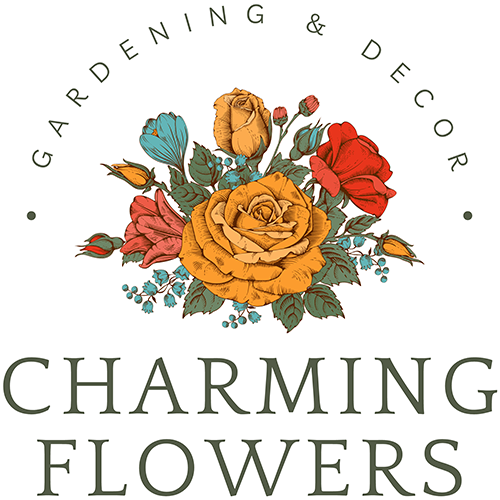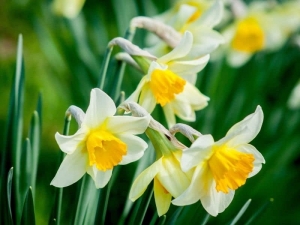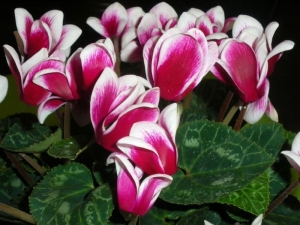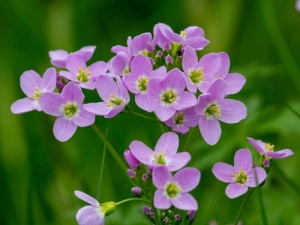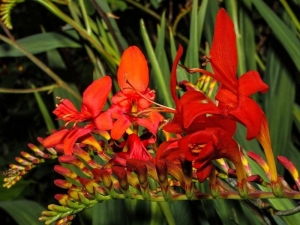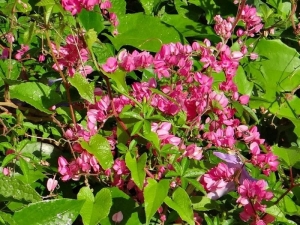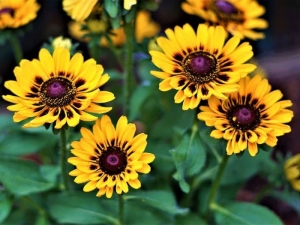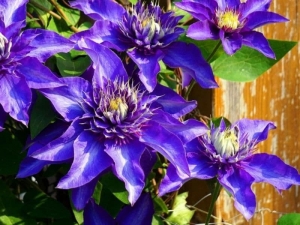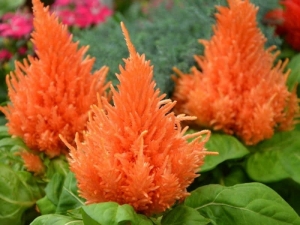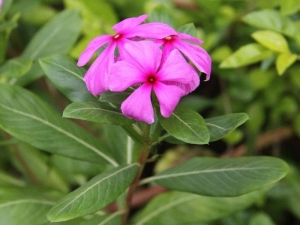Daffodils and other spring bulbs die back by midsummer. A classic early flower of spring, uses for daffodils extend well beyond providing cheerful color after the winter months. These pretty spring flowers can enrich your garden, improve pollination, and provide medical and health benefits. Daffodils, also known by their botanical name narcissus, are easy and reliable spring-flowering bulbs. They multiply…
Cyclamen is a petite flowering plant that has sweet-scented, small blooms on long stems that stretch up above the foliage. It is a tuberous perennial, meaning it dies down to its thick roots (tubers) during its summer dormancy period and then regrows quickly each fall. Its flowers come in shades of pink, purple, red, and white. It's commonly grown as…
Cuckooflower has a rosette of leaves at its base and an upright stem that bears the delicate, small, pale pink or mauve flowers. A sure sign that spring has arrived, the Cuckooflower blooms from April. Look out for its delicate, pale pink flowers in damp meadows and ditches, and on riverbanks. The Cuckoo Flower produces loose clusters of white flowers,…
Crocus are one of the first flowers to bloom each spring. In cold climates, their cheery blossoms that often open when there's still snow on the ground. Crocus flowers come in Easter egg colors of purple, yellow, lavender, cream and white. Over time, these carefree bulbs will naturalize and multiply to produce more flowers every year. Crocus blossoms are magnets…
Crocosmia are summer blooming bulbs with exotic, brightly-colored flowers on wiry, arching stems. The buds open one-by-one from the bottom up and are magnets for hummingbirds. Typically planted in the spring, these warm-weather bloomers usually don’t survive cold winters if the bulbs are left in the ground. The Crocosmia is also known as the montbretia. These plants have a tendency to become…
The pink flower clusters with curling tendrils of Coral Vine are also impressive in floral arrangements. Coral Vine is a crowd and bee pleaser for sure. Coral Vine or Berberidopsiscorallina is a plant from Chile. This evergreen climber produces long, pendulous red flowers, and it can reach heights of 15 feet. It should be grown in a shady area that…
Coneflowers are popular perennials with good reason. They are heat and drought resistant, easy to grow, bloom for months, make great cut flowers, and attract birds and pollinators. The Coneflower is also known as Echinacea and is native to the United States. This plant produces a cone-shaped center that is surrounded by pink petals. These flowers bloom over a long…
Clematis is known as the queen of climbers. Its vining stems will happily scramble up trellises, over arbors and through other plants, creating a tapestry of beautiful color. This carefree perennial blooms from early summer through fall, producing star-like blossoms that can be white, pink, red, blue or purple. Clematis are one of the most rewarding plants a gardener can grow. Once…
Flowers of celosia are known as wool flowers or cockscombs. They have unusual flowers that can bloom up to 10 weeks. These flowers can have red, pink, purple, gold or bicoloured blooms. When many celosia flower blooms are next to each other. The Celosia flower is also known as the Prince of Wales’ Feathers. The plume-like flowers range in color…
Catharanthus roseus, commonly known as bright eyes, Cape periwinkle, graveyard plant, Madagascar periwinkle, old maid, pink periwinkle, rose periwinkle, is a species of flowering plant in the family Apocynaceae. It is native and endemic to Madagascar, but grown elsewhere as an ornamental and medicinal plant. It is a source of the drugs vincristine and vinblastine, used to treat cancer. The Madagascar periwinkle or Catharanthus is a flower that quickly spreads. They are considered half-hardy annuals, and the flowers may…
